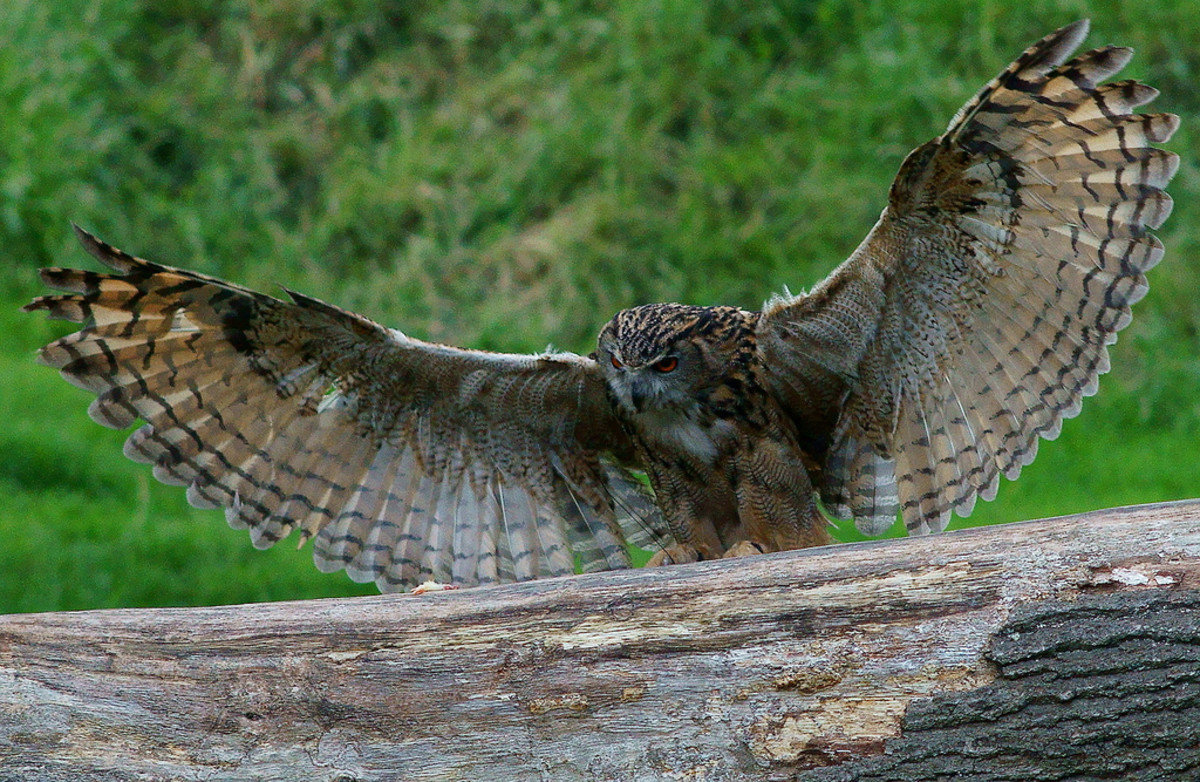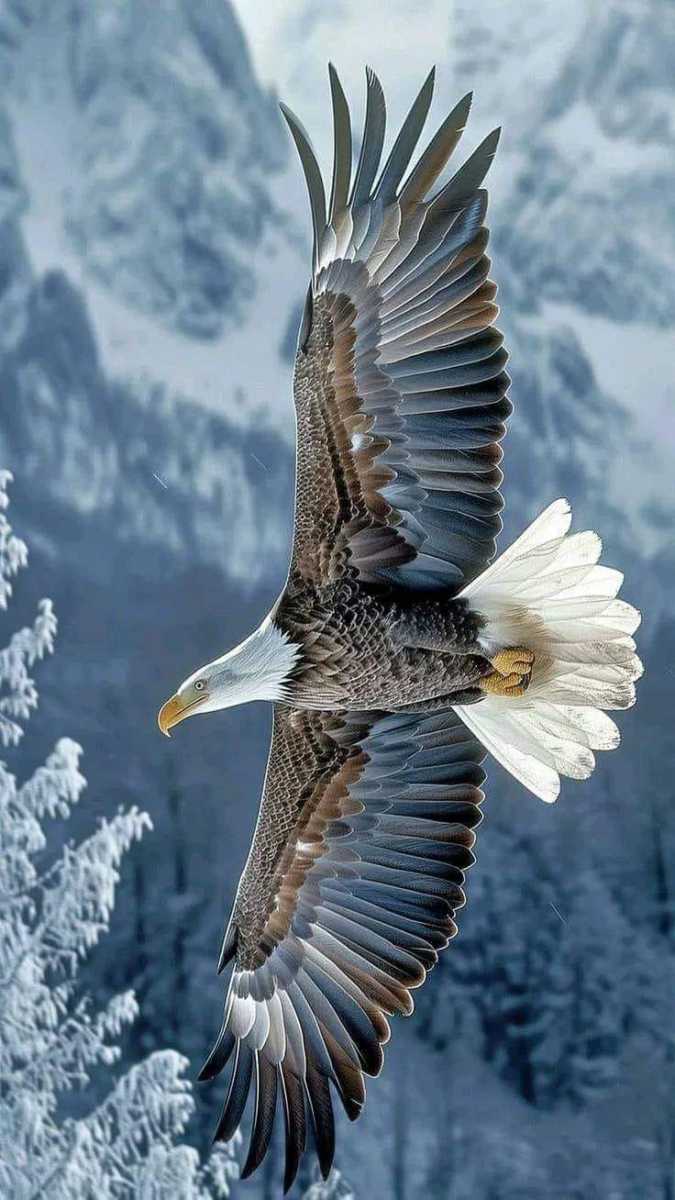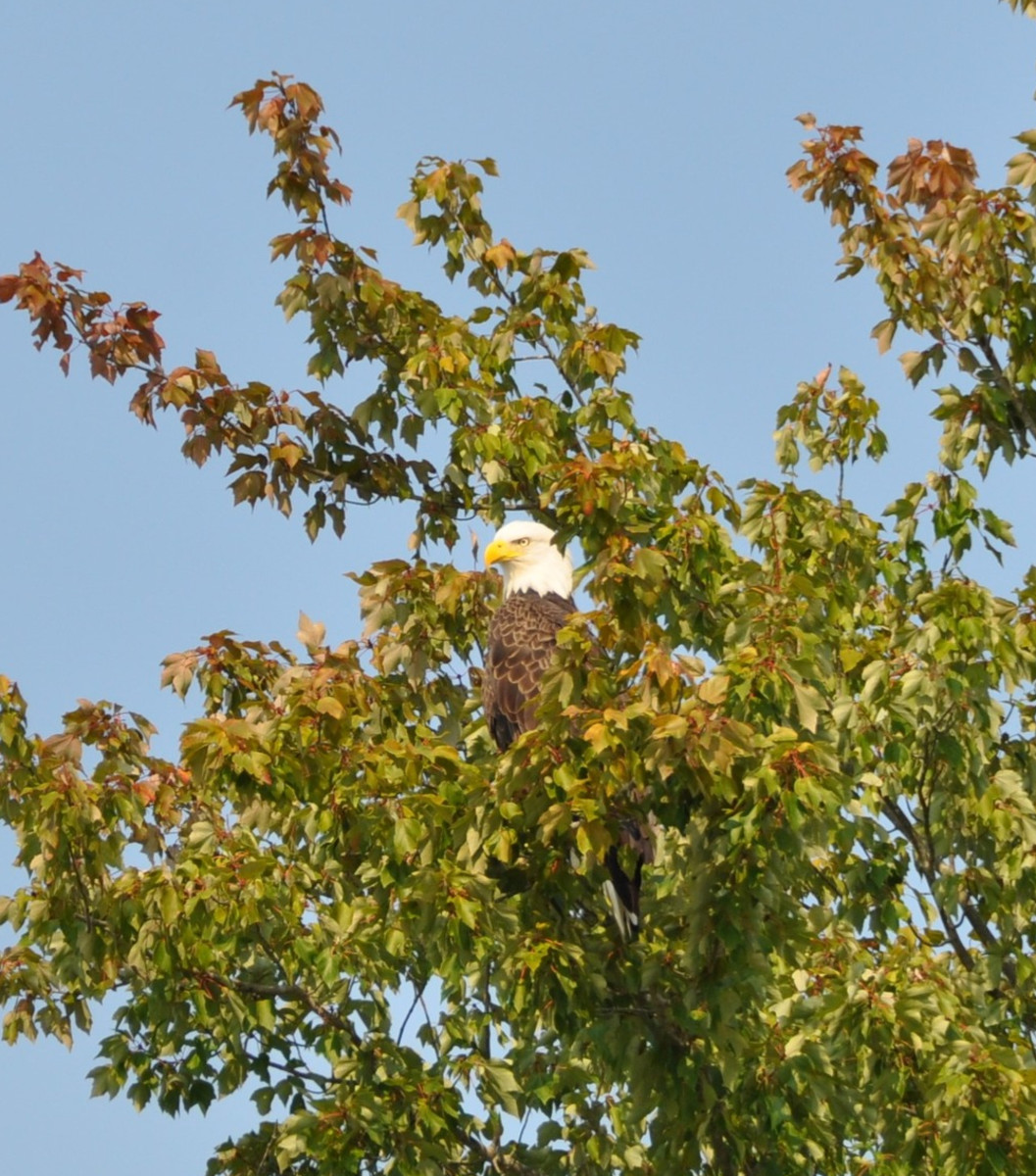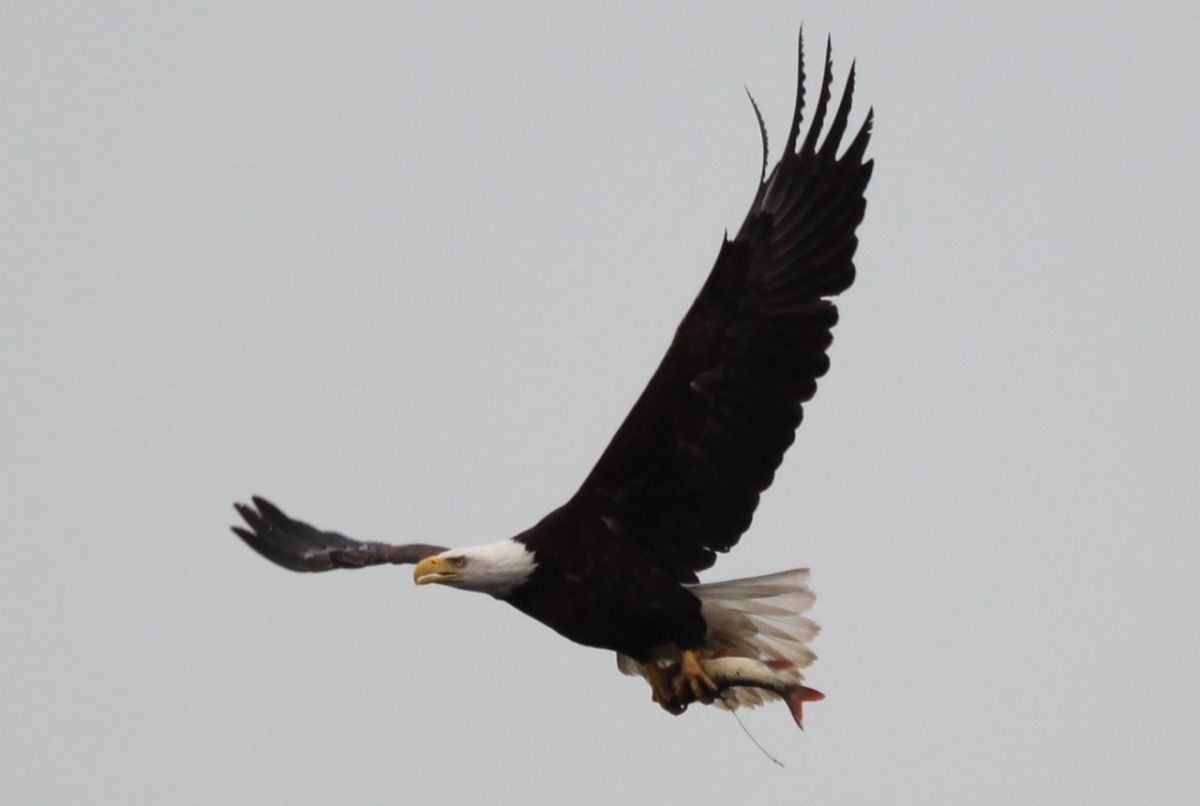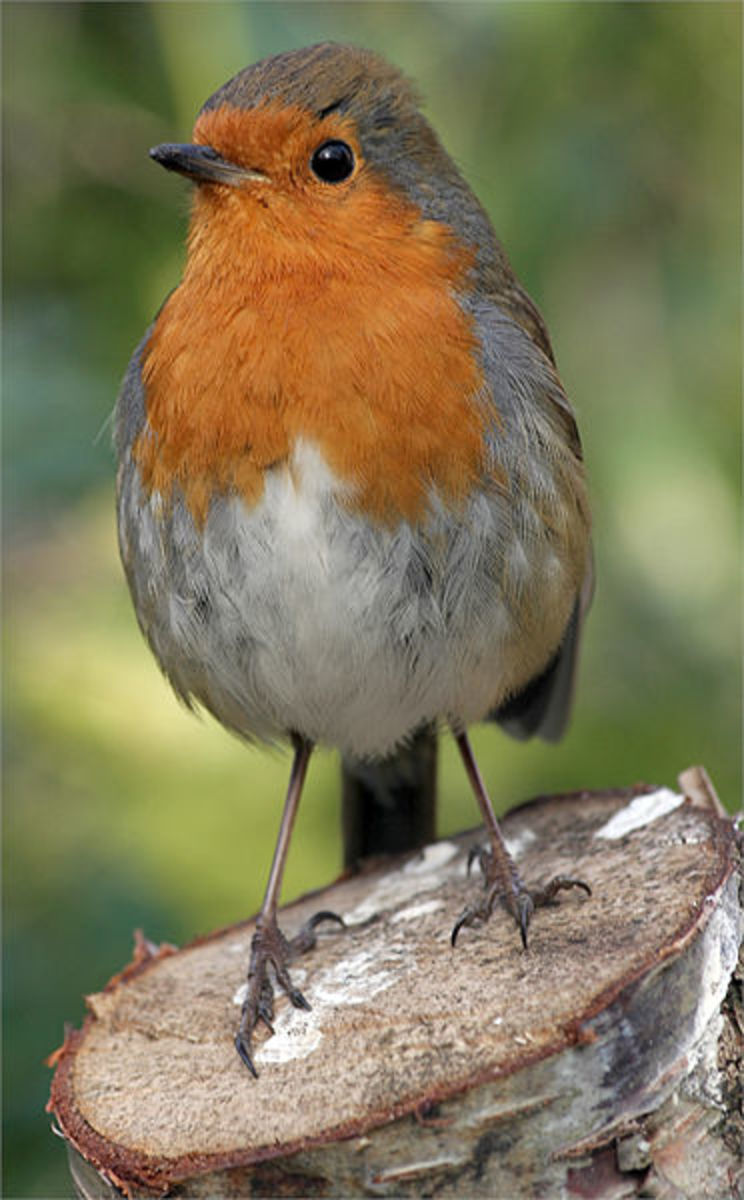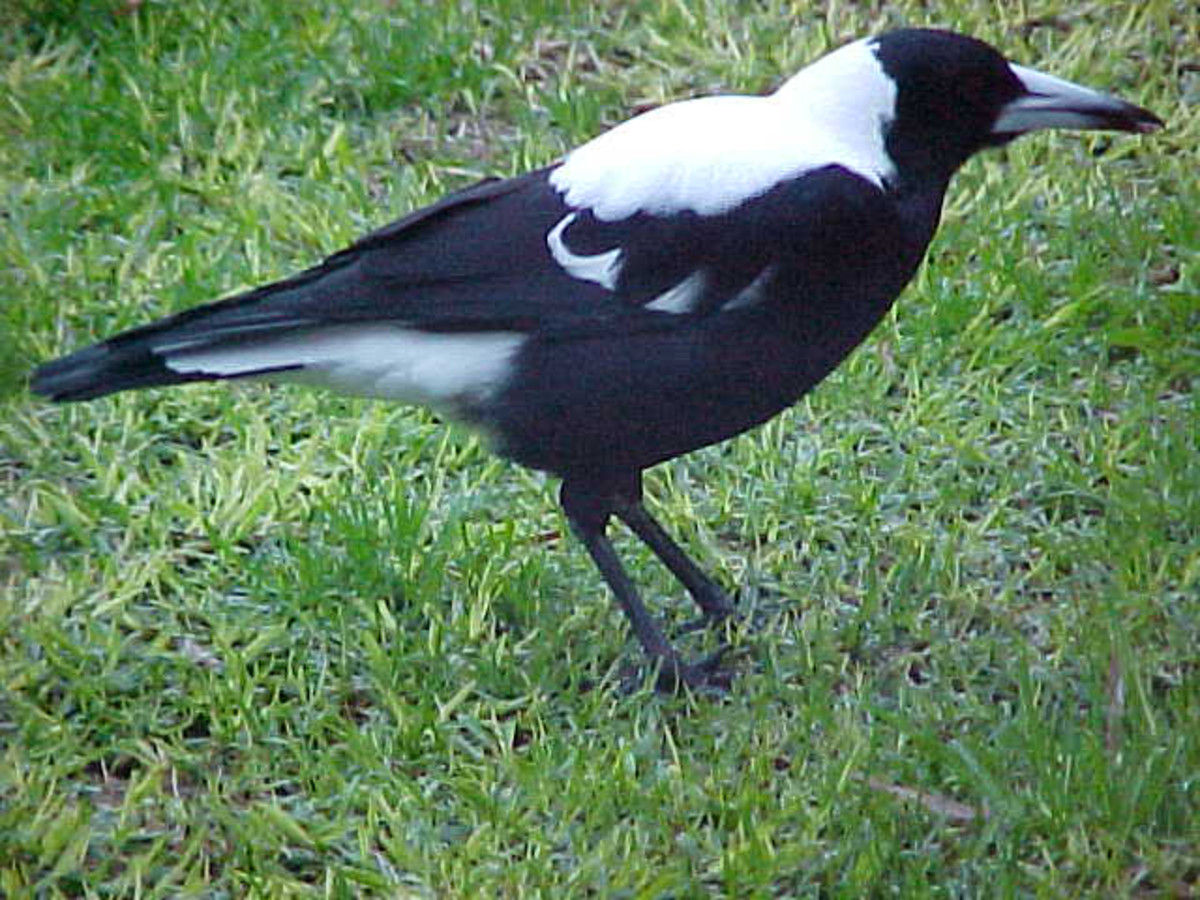British Birds Of Prey: Golden Eagle
Golden Neck
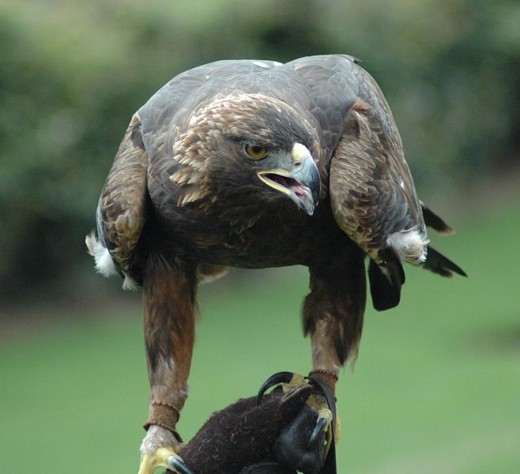
Introduction
Of all Britain's birds of prey, this is the second largest, behind the recently reintroduced white-tailed eagles. For such a large bird, it is beautifully proportioned in flight, with long, broad wings bulging smoothly along the trailing edge of the secondaries, a fairly long tail and a well projecting head and neck completing its balanced silhouette. Juveniles in their first year are more striking than adults- very dark brown with a broad white flash along the underside of the wings, formed by white bases to the flight feathers, and with a white tail tipped with a wide blackish band. The back of the head and neck have the characteristic golden flush, which is carried through to the paler full adult plumage. Adults lack white in the wings and tails, but have pale fringes to the wing coverts which give them a frosted appearance- the flight feathers and long tail feathers have fine dark barring. Over the seven years it takes to reach adult plumage, the birds pass through various intermediate plumage stages.
If you see a golden eagle at rest, you'll notice the fairly long, strongly hooked bill with long yellow gape line, rather dark eyes (lightening to amber with age), the feathered lower legs (tarsi) and the long feathers around the upper part of the legs, like a pair of loose, feather trousers. Golden eagles will spend long spells just sitting, perhaps disgusting their last meal or waiting for better weather, and at rest they can look shabby and almost formless- loose feathered lumps hulking in the branches of a tree, on a crag or in a patch of heather. Getting airborne can be a struggle but once aloft the eagle uses air currents to gain height with little effort, and flying birds are usually seen soaring high on widely spread wings.
The King's Range
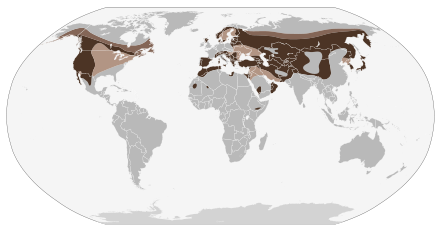
The King's Domain
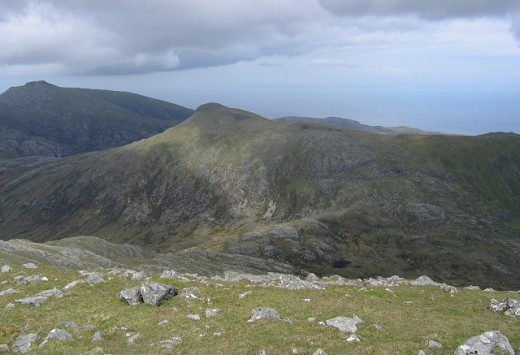
Feathered Trousers
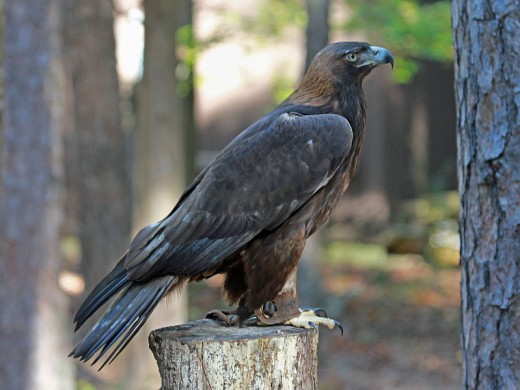
Distribution, Population And Habitat
The one long standing pair of golden eagles in the UK outside Scotland in recent years was the famous Haweswater birds which arrived in 1969. Though different individual birds may have been involved, one pair nested or attempted to nest at this stunning Lakeland area up until 2004, when the female of the pair at the time disappeared. From 2005 onwards, the lone male has doggedly remained on territory but has yet to attract a new mate despite enthusiastic aerial displays each spring. Visitors to RSPB Haweswater can witness this spectacle from a viewpoint equipped with telescopes. The male is still relatively young, in eagle terms, so may just a attract a young wandering Scottish or Irish female, though his chances aren't great, sorry to say.
In Scotland, the species' distribution shows a north westerly bias, in accordance with the more remote and mountainous landscape found there compared to the lower-lying and more populated east coast. Many of the larger west coast islands also hold good numbers, as does the Cairngorms area, and there are a few in the Galloway hills. A pair nested in the Borders region until the female was killed through illegal poisoning in 2007.
Many newspapers and websites published photographs of the body of the poisoned Borders female, which were shocking enough to leave a lasting impression on those who saw them. The impact came not just from the distressing spectacle of the dead bird, but from the sheer size of the body and the spread of her wings, too big for a man to hold fully outstretched. The name 'golden eagle' is recognisable to all, but these images were a forced reminder of just what a magnificent species it is, and the story provoked widespread public outrage. In fact, the public response to the case was so great that it led to a full review of what needs to be done to properly tackle wildlife crime in Scotland. Although persecution remains a major problem, this widespread condemnation, which included many voices within the shooting community, will hopefully lead to those few responsible being further marginalised and eventually to persecution being consigned to the history books, where it belongs.
The UK's population of golden eagles has remained fairly stable at around 440 pairs since 1983. This overall picture, however, masks some fairly dramatic local falls and rises. Numbers on the Western Isles, for example, seem to be on the up while numbers on the eastern edge of the core range have fallen, mainly due to illegal poisoning. The 2008 SNH report found that the most serious problems were in the central and eastern Highlands, on land managed for driven grouse shooting, where less than half of all known territories are currently occupied. The report concluded that many eagle populations in this area were probably not viable in the long run. This concentration of persecution is probably preventing the golden eagle returning to former haunts in northern England and possibly Wales.
Golden eagles have a large world range, extending right across Europe, Asia and North America. While it is very much a bird of the mountains, it is not so much a bird of the north and breeds in upland areas into North Africa as well as the Himalayas. No other true eagle is more widespread, although its need for large territories and its fairly strict habitat requirements mean it is thinly distributed over much of its range. Estimating world population is difficult but it probably exceeds 120,000 and may reach 250,000. However, it must be noted up to 30 per cent of those may be non-breeding birds. Europe holds about 8000 pairs; Spain and Norway are the important golden eagle countries with 1200 and 1000 pairs respectively.
In the Republic of Ireland, a reintroduction project is under way as the bird is unlikely to recolonise under its own steam. The project began in 2001, and to date several dozen young birds have been liberated in County Donegal. All the youngsters were removed for hand rearing from Scottish nests that held two chicks- this temporary harvest should have no lasting impact on the Scottish population as often only one chick out of two will survive in a two-chick nest. Breeding first occurred in 2007, and several pairs are now holding territories. Hopes are high for the success of this project, but the worryingly widespread use of poisoned baits in Ireland remains a major concern and several young eagles have already been lost already as a result of this.
A Majestic Pose
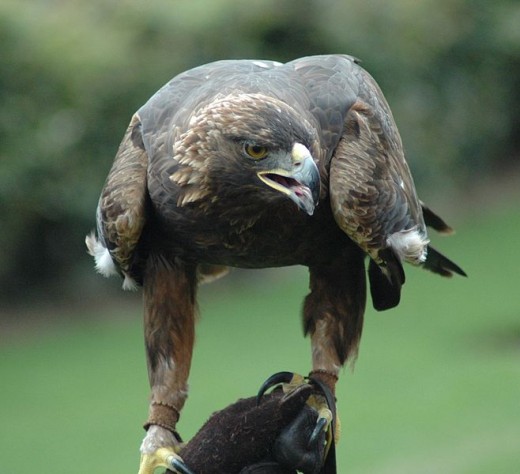
Professional Fox Hunters
The King's Prey
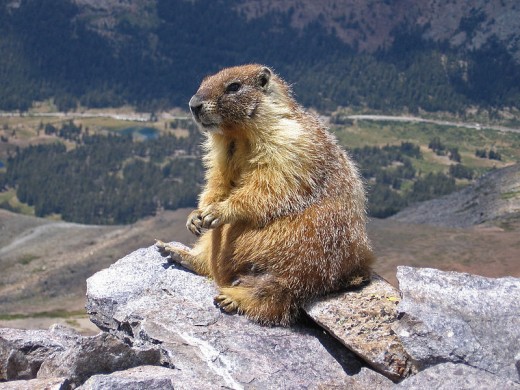
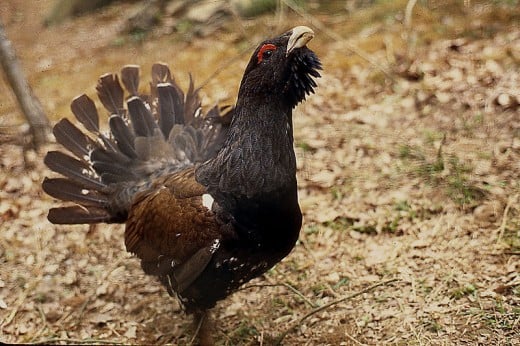
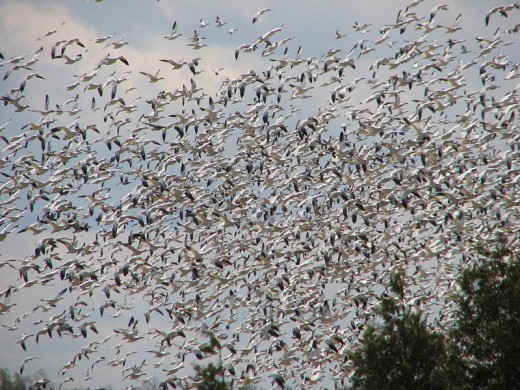
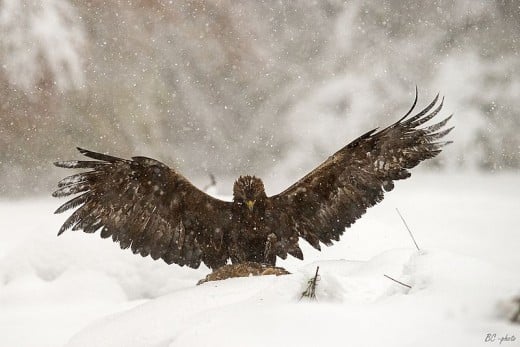
Diet And Hunting
The golden eagle is a bird of phenomenal power and fearless willingness to take on all kinds of prey. Trained birds have even historically been used to tackle wolves, and it is hard to imagine a more formidable adversary. Yet this great hunter is also agile enough to swipe small songbirds in flight.
In its mountainous Highland habitat, live prey comprises mostly medium sized birds and mammals of species that also frequent this habitat- mountain hares, ptarmigans, red grouse and wading birds such as curlews. It also takes fox cubs, rabbits, voles, mustelids, small deer fawns and a wide range of bird species which may be as large as geese and as small as pipits. On occasion, they will also take the occasional reptile and amphibian. In some areas they are reported to break tortoise shells by dropping the unfortunate reptiles from great heights onto rocks below. They even eat insects from time to time.
Besides live prey, carrion is an important constituent of the diet, and the golden eagle will join over scavengers like ravens and common buzzards at a dead sheep or deer, dominating the smaller birds. With its superior strength, it can carry away portions of a carcass, occasionally up to 5kg. While live prey is more likely to be taken in the breeding season, carrion can dominate the diet in winter- this is probably due to availability, rather than any preference on the part of the eagle. Many upland birds forsake the hills for lower ground in winter, so prey choice for eagles staying put in the mountains becomes more limited.
This hunter takes most of its prey on the ground, usually after a surprise attack and perhaps a short chase. When hunting, it will often scan for prey from a high, soaring flight. It may then go straight for the attack or 'stalk' its victim by dropping down to use mountain ridges and other natural landscape features as cover. In this way it can remain hidden until close to its target. The pursuit that follows is likely to be short and sharp, as the eagle can easily keep pace with a darting hare or whirring grouse, unless there is some deep cover into which the prey can escape. The final pounce is a fast, powerful stoop on folded wings. A low level, slow searching flight alongside hill ridges is often used without prior knowledge of the exact whereabouts of prey.
Golden eagles also sometimes catch birds in flight with a long, fast stoop attack, striking their prey in mid air and delivering a lethal blow with the talons. Eagles nesting close to the coastline will use this method to catch sea birds at cliff side nesting colonies.
In some parts of its ridge, the golden eagle regularly tackles large and fleet-footed prey in the form of medium sized grazing mammals. To accomplish this it needs a special hunting style and, often, an accomplice to help break a victim away from the fleeing herd. It is not unusual for a pair of eagles to co-operate in this way to secure a particularly large item. Once this is achieved, the attacking eagle will land on the prey's head or neck and sink its talons in, 'riding' the running animal with wings spread for balance. Sooner or later the victim will drop, whether from exhaustion or injury, and the kill can be made.
Other hunting methods include sit and wait, where the bird chooses a perch and watches the ground below for prey activity, and what could be called 'walk and seize', where the eagle simply strides up to its prey and grabs it. This latter technique is employed to deal with large but relatively immobile prey, such as newborn deer fawns. With such a variety of tricks up its sleeve, it's no wonder this predator's prowess has impressed so many over the centuries.
Inside The King's Nest
Cain And Abel
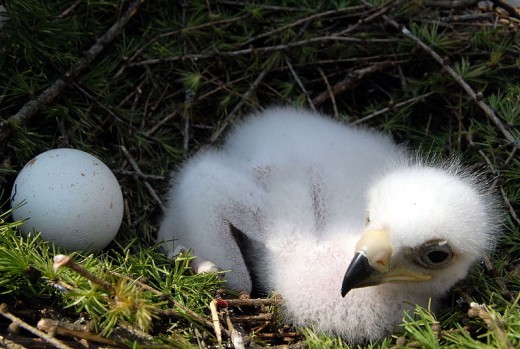
A King In Waiting
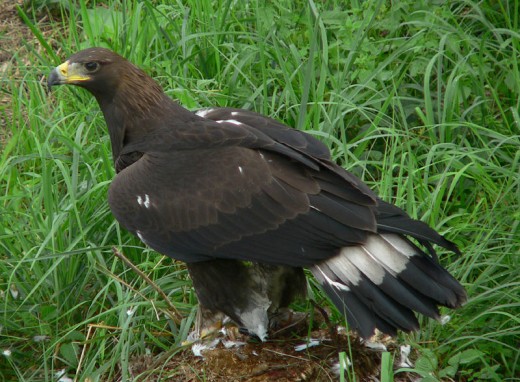
Courtship And Reproduction
Golden eagles are monogamous and pair for life. As they can be long lived birds, pairs may remain together for 15 years or more, and they will occupy the same territory over that time. This investment in their territory and each other pays off with improved chances of breeding successfully, compared to inexperienced new pairs in new territories. Each pair's territory lies within their home ranges, the total area within which they hunt- the difference is that the territory is defended against other eagles but the rest of the home range is not. Like many birds of prey, they need a larger area for hunting than they could ever hope to effectively defend against intruders.
The undulating display flight of a soliciting eagle is also used in aggressive territorial displays against intruding birds. Persistent intruders will be dived at, and if things get really heated defender and intruder may even lock talons and cartwheel groundwards. Both sexes will perform the undulating flight in response to an intruder. There is little obvious courtship between the members of an established pair- indeed, they are busy building or modifying their nest from as early as autumn.
The nest is an often massive structure, as befits this mighty bird, built- usually on a suitable crag ledge or in a large tree- with a foundation of sturdy sticks. With trees not over-abundant in many golden eagle areas, finding suitable sticks can be a lengthy process, perhaps explaining why the birds begin construction or renovation so early. The pair share stick-finding duties, while the female does the bulk of material finding when the search is on for softer stuff to line the inner nest. As the nest nears completion, the pair mate frequently, and the first egg appears sometime in March or early April. Eggs appear at three to five day intervals but incubation begins immediately, so the chick that hatches from the first egg has a sizeable head start over the rest. The completed clutch is likely to be of two eggs, though one and three are also common clutch sizes.
The small chicks will be brought meals of meat by their father and this will be torn up and carefully fed to them by their mother. At four weeks, the chick starts to rip up the meat on its own. Over the next 30 to 50 days it gains strength and grows its first set of feathers, then flies the nest. It will remain nearby for several more weeks, working on its flying skills, beginning to learn to hunt, but mostly waiting on a favourite perch for a food delivery from one or other parent. Independence is achieved gradually over a long period, and by the time the eaglet is truly out on his own and venturing away from its parents' territory, winter is coming and there should be good supplies of carrion around to compensate for any shortcomings in its ability to take live prey. Youngsters may stay in or close to their parents' home range well into late winter, but most will eventually go in search of a new home of their own.
© 2014 James Kenny

